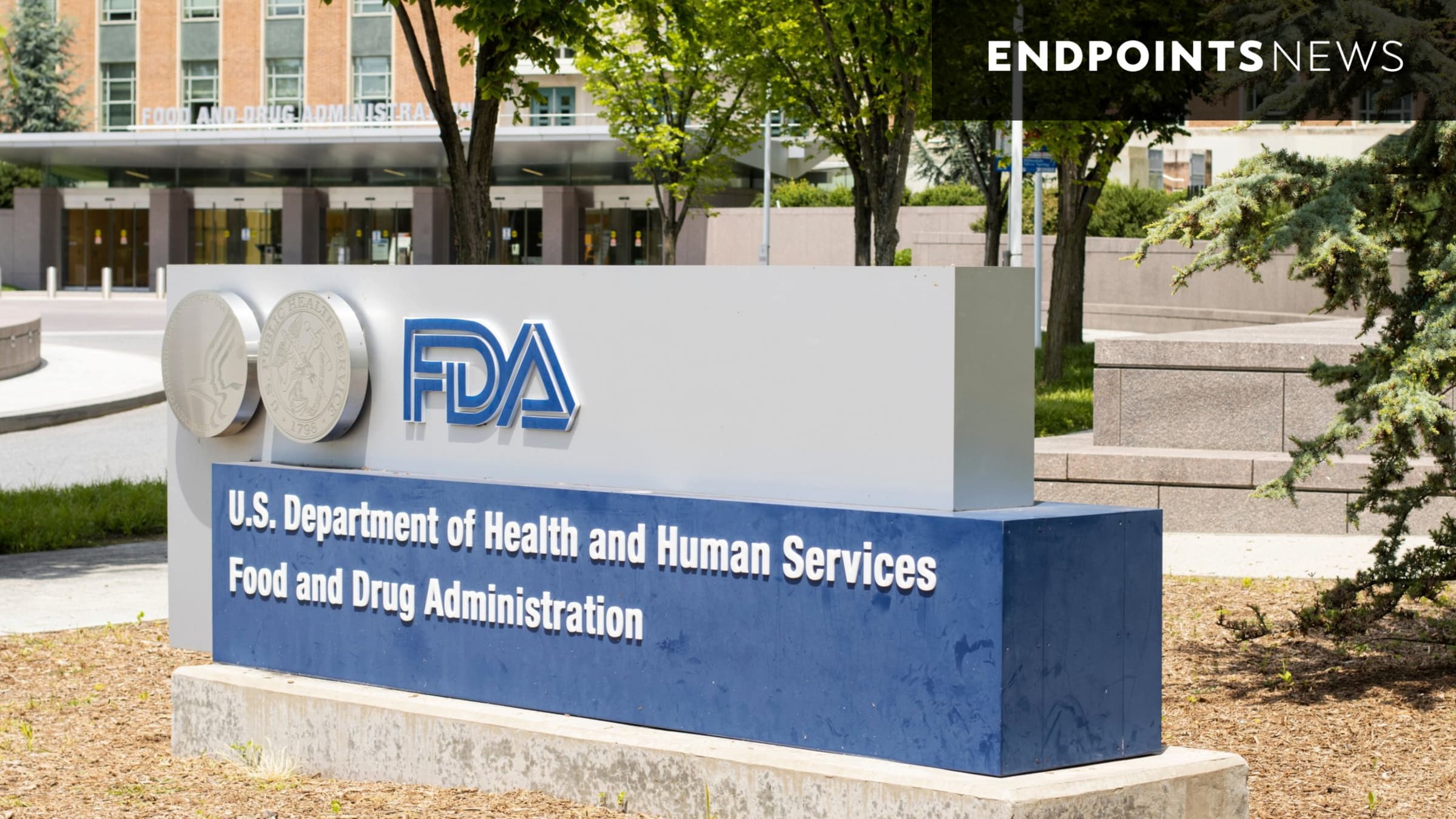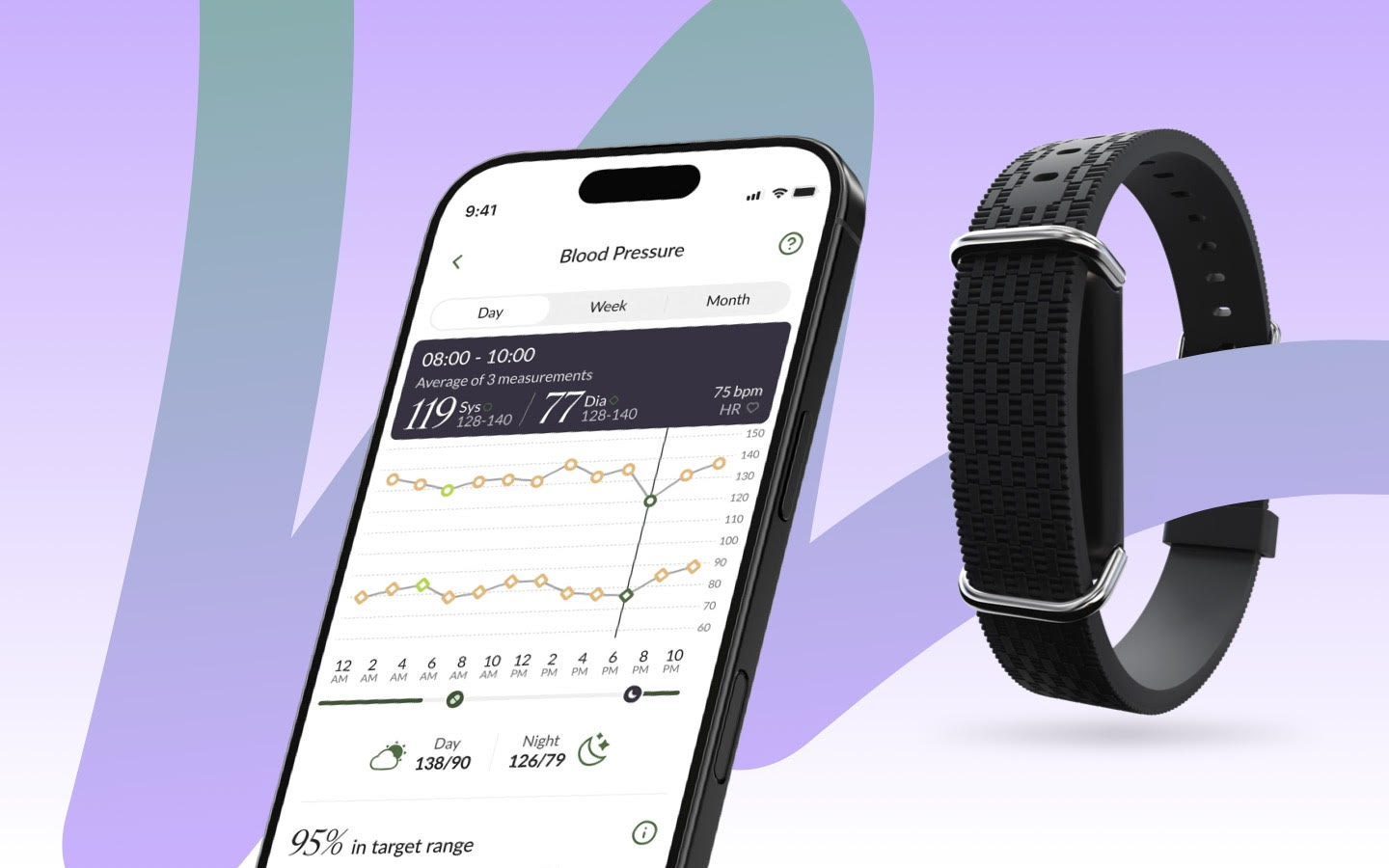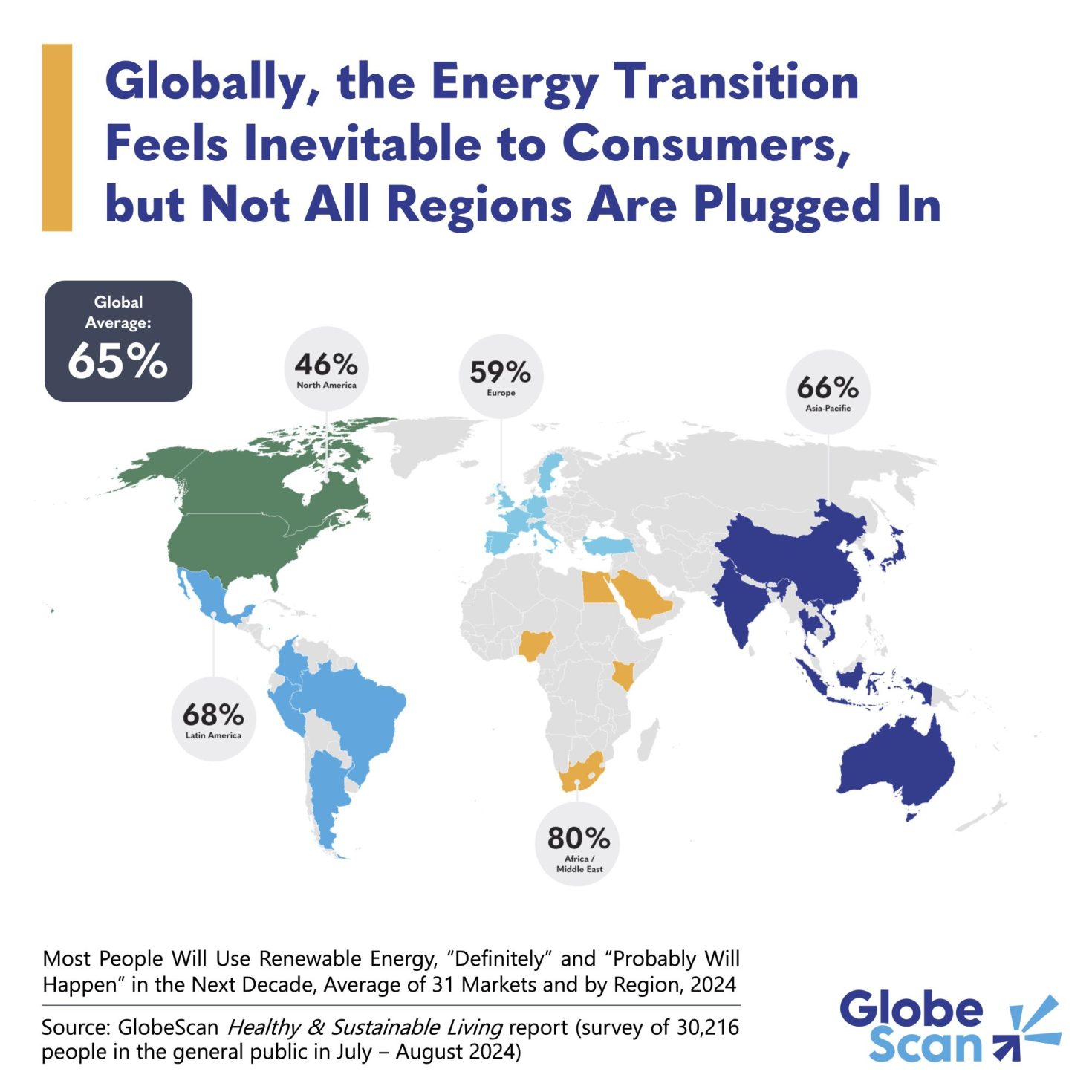Inaccurate Provider Data: The Biggest Obstacle to Value-Based Care
Just months into office, the new administration is doggedly focused on reducing costs and increasing efficiency and transparency across a swath of functions. However, like many journeys, an emphasis is being placed on the final destination and not on how to navigate the road ahead. Even so, expect value-based care (VBC) to move from the ... Read More

Just months into office, the new administration is doggedly focused on reducing costs and increasing efficiency and transparency across a swath of functions. However, like many journeys, an emphasis is being placed on the final destination and not on how to navigate the road ahead. Even so, expect value-based care (VBC) to move from the back to the front burner and the heat to get turned up.
VBC is a business model for healthcare in which providers are paid based on the quality of care they deliver. With more value placed on health outcomes versus volume of services performed, providers have an incentive to prioritize patient-centered care. This can also involve sharing risk with insurers for an even better financial picture. It’s a win for everyone involved: patients, providers, and payers.
Yet, when patients don’t have complete provider details in front of them – and something as small as a phone number or address is missing – treatment can be delayed, care can be hard to find and unexpected medical bills arise. This has held VBC back. And even the No Surprises Act, designed to protect patients from high medical bills they never see coming, and recent executive orders to increase price transparency, lack the teeth to be very effective.
So, what will it take for VBC, which shows true promise, to actually gain traction?
The data dilemma
In 2023, it was reported that in the directories of the nation’s top five health plans, four of five entries were inaccurate. This result is not just a small inconvenience, it can create a financial morass and disruption that impedes and even fully blocks patient treatment. More than 50% of all patients rely on health plan directories to choose a physician, yet, persistently inaccurate or incomplete data puts everything in jeopardy.
While healthcare is data-driven, the industry clings to an inflexible, siloed data system. What providers and payers really need is to swap information and update directories in real-time, accurately. Automation isn’t only about reducing admin costs and increasing operational efficiency, it should help clinicians match patients with applicable providers, which is how it produces higher-quality care.
It comes down to data quality. Provider details from contact information to affiliate networks change often. In fact, roughly a third of physicians change practices and affiliations every year. For admins to perform manual updates is too resource-heavy, extracting a nearly $3 billion toll annually. Further, there’s a gross lack of data standards, and practices work with dozens of health plans, each with its own preferred way of sharing directory details.
Not surprisingly, this complex system can end up linking patients with the wrong providers. As an example, if a health plan incorrectly lists an out-of-network provider as being in-network, patients could get a staggeringly high and unexpected bill. Personal out-of-pocket costs can rocket, claims may be denied, and timely care may never arrive at all.
Further complicating things is a shortage of healthcare talent that is already straining existing staff. Inaccurate data requires time and resources to rectify. And as a study in the Journal of General Internal Medicine has shown, half of healthcare workers, and roughly an equal percent of physicians, already meet the criteria for burnout.
Misdirection and missed opportunity
Misdirected medical care has put public funds at risk and this will likely get even closer scrutiny under the current administration. Our own research found Medicaid members not assigned properly due to incorrect data – in just one health system, in only one state – caused about $55 million in unnecessary spend in just a month’s time.
VBC requires directing the right attention to the patient right when it’s needed. By assuming greater responsibility, providers gain an opportunity to raise profitability, so long as they’re able to deliver quality healthcare, cost-efficiently. Under VBC models, providers are paid for results, not how many patients they process. However, even the most accountable practices often lack the data accuracy to do something as basic as coordinate care across locations, networks, and various medical specialties. Fail there and you’re likely failing everywhere.
Getting there
Accurate and current data is the only way a provider can improve clinical and financial outcomes. When provider directories are accurate, patients are matched with the right healthcare professionals. This is especially needed for patients with chronic or complex issues that require coordinated efforts from different providers.
Precise data means referrals, appointments, and follow-ups are managed correctly, reducing the likelihood of missed or delayed treatment that could adversely impact patient health. Achieving this requires systems that ensure data accuracy via automated updates, taking place in real-time.
Financially, the right data management capabilities can streamline admin processes and eliminate faulty billing, claims denials, and out-of-network charges. And without manual data entry and corrective activities, a practice’s staff is freed up to focus on tasks aimed at elevating patient care.
It helps with regulatory compliance, as well, even when it comes to the No Surprises Act, which also requires timely, accurate updates to provider directories. In turn, this not only prevents fines, it cultivates trust with patients and stakeholders by creating more stable, manageable healthcare environments.
So how does the healthcare get there?
First, it must embrace robust, data governance frameworks – industry-wide. These need to include clear policies and procedures for high data availability, usability, and security. Next, insurers and medical providers need to collaborate and share that data management responsibility. This can be accomplished with currently available solutions, particularly platforms that can standardize provider data and allow for credentialing across health plans.
Reports show that such data management technology can help providers save on-average, $1,250 in monthly admin expenses. And, it can save the U.S. itself more than $1.1 billion annually.
Time to shine?
Achieving the right data accuracy will require payers and providers to make mutually beneficial technology investments. This lack of administrative control and errors in provider directories can’t continue, especially in a time of heightened scrutiny, but nor should it.
Agnostic, technology platforms can provide precise, immediate, and synchronized updates, alleviating admin workloads, ensuring data integrity, and supporting value-based care models. It’s a prescription to improve healthcare financially and operationally, and most importantly, one that’s in the best interest of patient health.
Considering the emphasis of the current administration, this could be VBC’s time to shine.
About Eric Demers, CEO Madaket Health
Eric Demers is the CEO of Madaket Health. He believes we can transform healthcare delivery through the power of data and interoperability. With more than 25 years of global healthcare experience, Eric has built and scaled leading technology and service companies, from early stage to Fortune 100. He is highly sought-after for speaking and consulting on international health, having advised global entities and governments on critical issues facing healthcare. A growth-minded leader, Eric has founded three companies and exited two. Eric previously served in strategy-focused executive roles at IBM, Accreon, MEDecision and Orion Health. He is a graduate of Brandeis University and The George Washington University School of Medicine and Health Sciences.

















































































































































